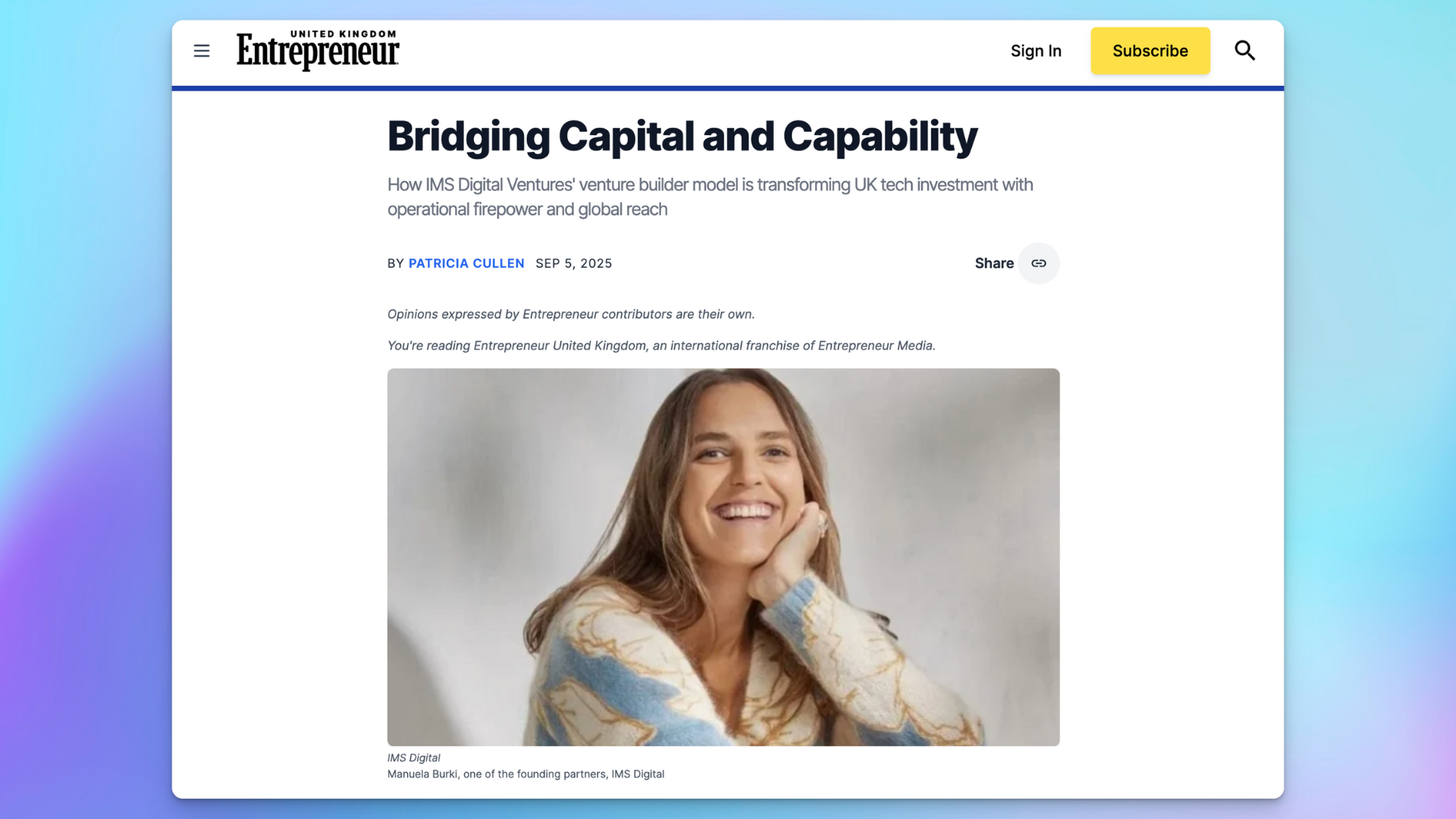China shows the strongest e-commerce growth by 2023, almost double that of the United States. An increasing portion of that revenue is attributed to products sold via cross-border e-commerce channels. Yet as costs associated with advertising and operational e-commerce continue to rise, it’s increasingly challenging for new brands to see return on their cross-border investments in China. Consumers are more reliant on technology than ever: even China’s demographic of Silver Surfers are spending more time browsing online and are comfortable with modern technology. Online behaviour by Chinese consumers is complex and nuanced – even among users with similar attributes that would otherwise satisfy standard customer segments.
As a result, brands must tackle communications in a way that feels relevant, timely, and personalised to their target audience. Adopting strategies that drive conversion goals at every touchpoint requires marketing teams to understand:
- Which users are at these touchpoints?
- What do these users expect from the brand?
The Chinese market dynamics new brands face in 2020 are different than they were five years ago. While this can be overwhelming for new organisations looking to conquer China, there are some key considerations that significantly streamline market entry and boost initial traction in terms of awareness and sales.
As a new brand, you should:
- Identify which e-commerce platform is best suited to your industry category, budget, and revenue goals
- Leverage social intelligence to understand your target audience and get a competitive edge over big-budget competitors
- Embrace social commerce to drive down acquisition costs and start long-term brand-building
Despite the challenges, the Chinese e-commerce market is still highly rewarding for brands who, with the help of the right partner, navigate the digital landscape with an agile, insight-driven approach.
1. Identify which e-commerce platform is right for you
Cross-border e-commerce (CBEC) channels offer foreign-registered entities relatively easy access to the Chinese market, both in terms of cost and administrative burdens (for example, cosmetics brands accessing Chinese consumers via CBEC do not need to go through animal testing requirements).
There are numerous CBEC channels, and the right one for your company will depend as much on your risk appetite, flexibility on cash flows, total advertising budget, or stakeholder commitment as it will on your brand category and product.
Most companies start their research for their ideal e-commerce strategy with Tmall Global. This is unsurprising, given that the GMV per active user is the highest from all the cross-border platforms. Yet the costs of setting up and running a Tmall shop, such as hiring an agency, providing the deposit, or paying the commission to both the agency and Tmall, can be daunting for smaller brands or brands with an untested market strategy.
For brands who are more cash-flow conscious, a cross-border WeChat shop provides a worthwhile alternative for launch. Entering China via a WeChat shop allows brands to optimise their approach and refine their positioning, without the upfront financial commitments associated with the big CBEC platforms.
While the GMV per active user is much lower, the cost of setting up a WeChat shop is insignificant compared to Tmall Global and can be an excellent approach to piloting marketing campaigns, identifying the right content and funnel mix, and acquiring an initial database of customers. A WeChat shop also allows brands to scale their activities incrementally and can use initial results to secure investment and get proof-of-concept for stakeholders.
Once initial thresholds for reach or customers have been met, brands can then shift their attention to driving growth by diversifying their e-commerce channels.
2. Understand your target audiences and what they want by generating insights through social intelligence
Your business and marketing strategy should take into account your industry category, competitor strategies, and market analysis, but it also needs to leverage insights from social intelligence: what topics do your consumers care about and how do they resonate with them?
With such a crowded marketplace, it’s easy for your brand messages to get lost in all the noise.
By analyzing conversations on China’s most popular social media platforms such as Weibo or Little Red Book (XiaoHongShu), brands can identify which consumer emotions they can tap into with their communication strategy and the key phrases or words their audiences are using to describe products or needs.
An added challenge is the balance required between integrating localized content (such as for key shopping events like Chinese New Year or Single’s Day) while retaining connotations of higher quality ingredients or safety controls that are still typically associated with international brands. Different messages will engage target audiences differently. For example, Generation Z may be more interested in sustainability claims whereas Millennials may find messages of brand value and novelty ingredients more compelling. By understanding where different audiences are talking about these key issues, brands can find new and exciting ways of telling their story, either through owned accounts or through User-Generated Content.
Typically, off-the-shelf social listening solutions do not work well in China. Western brands should look out for agencies who have customised their data intelligence model to retrieve relevant, reliable data that can directly serve marketing teams and advance business goals.
3. Embrace social commerce to balance activation strategies with sustainable brand-building
Promotions and discounts, especially on e-commerce platforms like Tmall Global, are still a key driver for purchases by Chinese consumers. To help foster loyalty and to insulate new market entrants against price sensitivity, marketing initiatives should invest adequate resources into building brand equity. New brands must embrace social commerce to balance short-term customer activation with a long-term communications strategy across multiple ecosystems.
Many brands experience short-term sales peaks but fail to capture market share in the long-run. This is often due to pressure from international headquarters or investors impatient to witness the impressive results that are seen as a given in the China market. Unfortunately, discounts, free gifts, or other promotional gimmicks by brands are soon short-lived: and are easily outdone by companies with deeper pockets! Luckily, social commerce provides rewarding opportunities for brands who adopt agile, content-driven strategies into customer acquisition.
Content strategies for social commerce must therefore be a key focus for new brands: even before launching in the market. Unlike in the West, product discovery, brand validation, and the final conversion all happen within the same social media platform. Social media is a core component of the end-to-end customer journey in China and brands must meet consumers with great content at every touchpoint.
Aside from content published on owned accounts, brand should leverage the full capabilities of social media and e-commerce sites. Tmall Global, for example, is characterized by product reviews and ratings, while Little Red Book is a great channel for earning peer recommendations through user generated content. Brands can use Weibo influencers to announce the launch of your brand while driving sales directly on their own WeChat account via a commission-based model.
Key takeaways:
- While the cost of selling online to Chinese consumers is increasing, brands can optimise their launch strategy by utilizing data, choosing an appropriate e-commerce channel for launch, and preparing for future success by leveraging long-term content strategies
- WeChat shops are a good alternative to larger, more expensive e-commerce channels such as Tmall Global, although the GMV per user is lower
- Content and social commerce is crucial for new brands looking to compete against established products
- Although off-the-shelf social listening solutions in China are limited, a good marketing agency will help you customise a data model to generate reliable insights that drive branding and communications
About the Author
Manuela leads the Marketing division at IMS, advising clients on branding and market positioning in both Europe and Asia.
Prior to joining IMS, Manuela worked in financial regulation and compliance. Past experiences include representing France in roundtable discussions in Brussels for the European Venture Capital Fund (EuVECA) Regulation.
She obtained her LL.B (Hons) at UCL before graduating from Sciences-Po, Paris, with a Master’s in Financial Regulation.
Connect with Manuela Burki on LinkedIn



